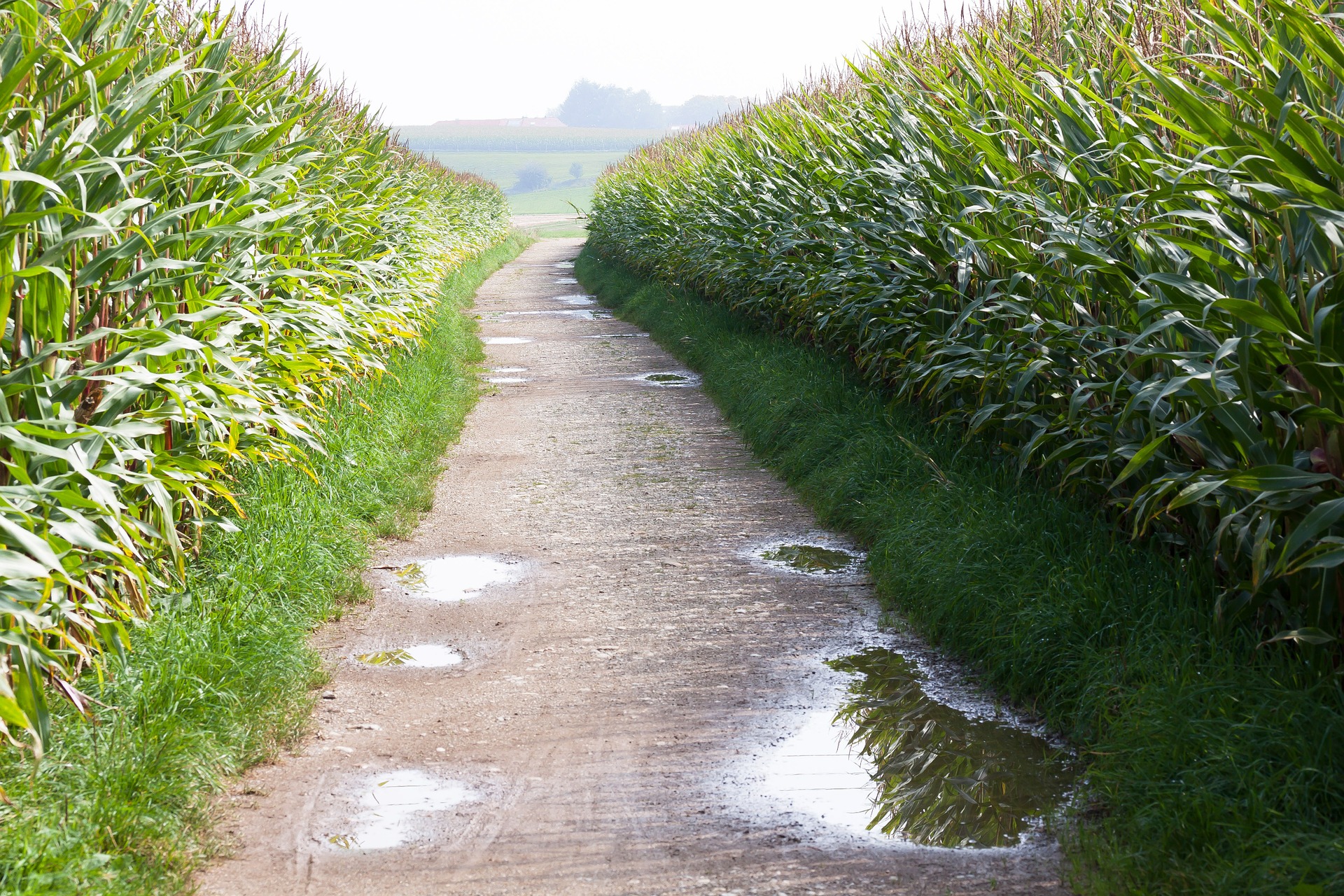Deer Damage To Corn
11th Aug 2020
 Walking through a field of corn this summer, Dave Nanda noticed a patch of corn about the size of a family living room where stalks were normal height, but leaves were stubby — only a few inches long. The plants took on the appearance of standing sticks, with knobby leaves at each node.
Walking through a field of corn this summer, Dave Nanda noticed a patch of corn about the size of a family living room where stalks were normal height, but leaves were stubby — only a few inches long. The plants took on the appearance of standing sticks, with knobby leaves at each node.
Nanda, director of genetics for Seed Genetics Direct, recognized it as deer damage. This corn was in the V12 stage at the time, or the 12th-leaf stage. He surmised that deer fed on plants when they were smaller, nibbling at leaves within the whorl. When the whorl unfolded as the plant developed, all that was left on nodes where deer fed were nubs of leaves.
Yes, there was a wooded area along one side of this field. Surprisingly, though, this particular feeding area wasn’t along the edge. It was about 120 rows into the field.
Bob Nielsen, Purdue University Extension corn specialist, says that while deer and other wildlife often feed along the edge if a field borders a wooded area, it’s not unusual to find damaged spots further inside the field. He wrote about deer damage in the July 24 edition of the Purdue Pest & Crop Newsletter, penning “Decapitation of corn plants by deer.”
Tease out tassels
Decapitation or removal of the top of the plant occurs when deer feed when plants are between the V10 and V16 stage, Nielsen observes. “At this stage, the deer are attracted to the succulent tassel still inside the whorl, rather than leaves,” he observes. “They tease out tassels and feed on them. Sometimes you will find mature leaves left on the ground beside plants.”
Decapitated plants without tassels can still develop ears, Nielsen notes. However, they’re usually smaller, since the important leaf area above the ear, which carries out photosynthesis, is missing.
Story re-posted from the Indiana Prairie Farmer. Written by Tom J. Bechman | Aug 11, 2020
